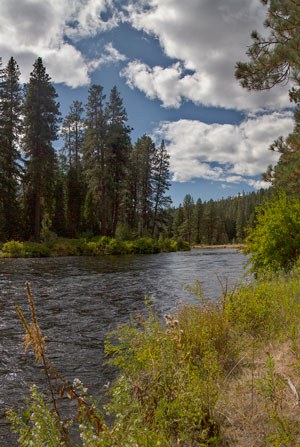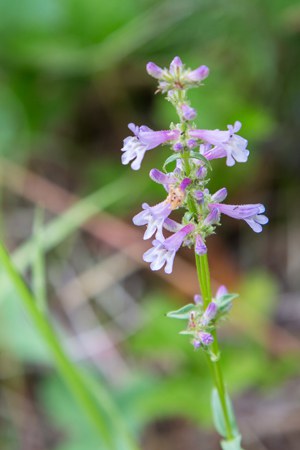The Land Trust is incredibly excited about our new Metolius River Preserve! Located in a stunning setting right on the beautiful Metolius River, the Preserve is chock full of unique natural features. We hope you’ll get to know our new Preserve either virtually or via a guided tour this fall or next year. In the meantime, here are some highlights of the Metolius River Preserve.

The Fen. Ok, we think it’s also pretty hard not to love the fen at the Metolius River Preserve. A fen is a type of alkaline wetland that is fed from groundwater. Common along the coast or in subalpine regions, mid-elevation fens, like the one at the Metolius River Preserve, are rare and found infrequently throughout Central Oregon. Fens are biological hot spots and are home to a high percentage of rare or uncommon plant species. They also are wet year-round and can remain in the same location for thousands of years. See how cool our fen is?! Check out our other fun fen facts!
The Forest. No, once you’ve seen one forest, you have not seen them all! In our sea of east Cascade ponderosa pine dominated forest, the Metolius River Preserve has an incredibly diverse forest of mixed conifers on only 30 acres. Conifers are cone-bearing trees and the Preserve includes ponderosa pine, lodgepole pine, incense cedar, grand fir, Douglas fir, western larch, juniper, and Engelmann spruce. This diversity is due in part to the Preserve’s location in a climatic transition zone. Located on the edge of the Cascade mountains, the Metolius River Preserve receives 20 more inches of precipitation annually than cities like Bend or Redmond. This means some of the plants that normally live on the wetter west side of the Cascades can survive and thrive at the Preserve. The Engelmann spruce in particular also benefits from the fen (see above) on site. The spruce can be found in a narrow band around the fen and in only a few moist pockets outside of the fen. 
The Flower. The Metolius River Preserve is home to the rare Peck’s penstemon (Penstemon peckii), a flower that only grows in a small region of Central Oregon and cannot be found anywhere else in the world! The population of Peck’s at the Preserve is considered one of the best in the region. Peck’s can be found in the meadow portion of the Preserve and in some portions of the pine forest. Peck’s penstemon is adapted to disturbance and prefers growing in places where animals or water intermittently disrupt the soil.
Learn more:
- About the Metolius River Preserve
- Take our virtual tour of the Metolius River Preserve.
- Fun Fen Facts


